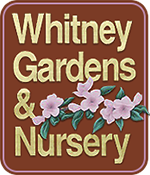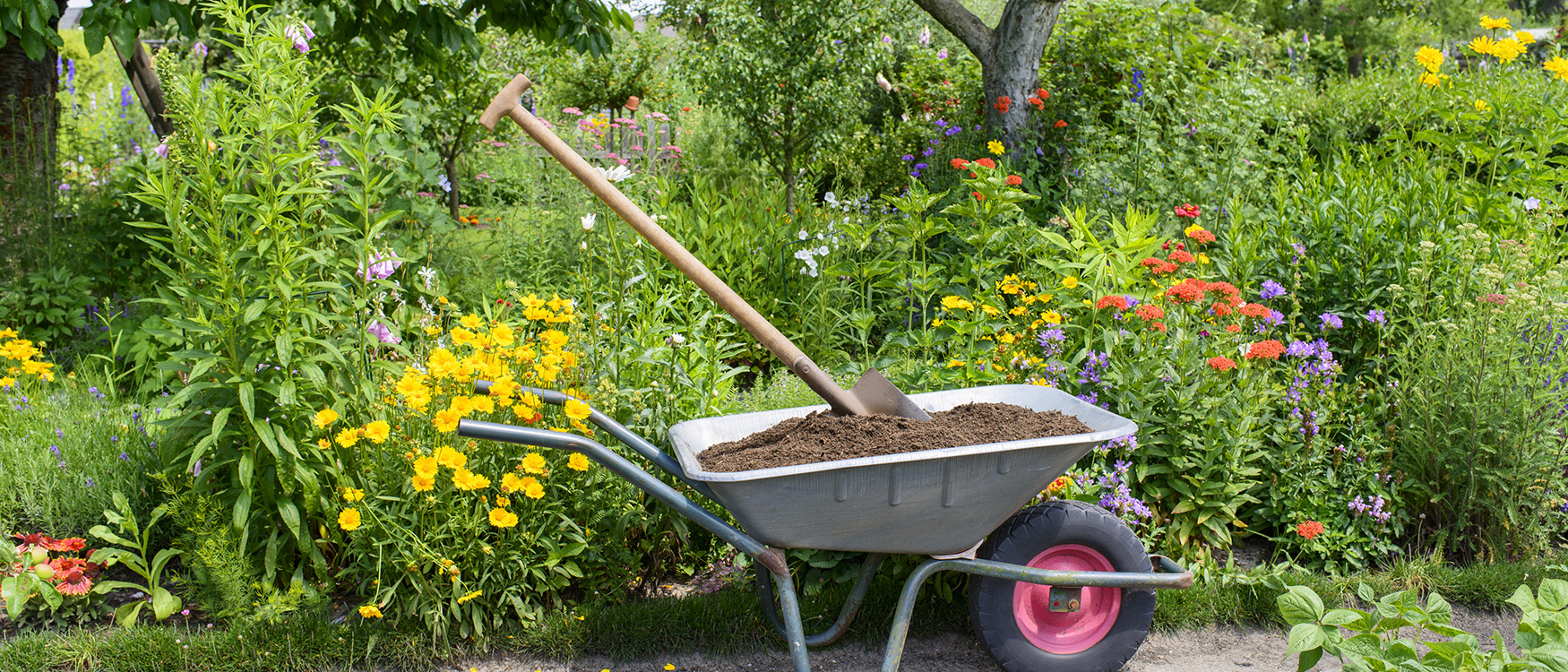How to Plant Rhododendrons, Azaleas, and other Plants in the Pacific Northwest
When planting Rhododendrons, Azaleas, and other plants, it’s essential to follow a few key steps to ensure your plants thrive in their environment. From selecting the right location and preparing the soil, to mulching, watering, and fertilizing, each stage of the process is vital for healthy growth. Proper site selection helps protect plants from environmental stress, while careful soil preparation ensures the ideal balance of drainage and nutrients. By maintaining these recommended guidelines by Whitney Gardens, you’ll foster robust, blooming plants that enhance your garden’s beauty year after year.
What our Visitors are Saying: “I adore Whitney Gardens. The nursery has so many different varieties and colors of plants. Especially Japanese maples, rhododendron, and azaleas. The gardens are beautiful and you can enjoy them as much for their beauty as you can for inspiration before visiting the nursery. The staff is very helpful with everything from plant selection to loading and protecting your treasures for the journey home.” Jennifer S.


